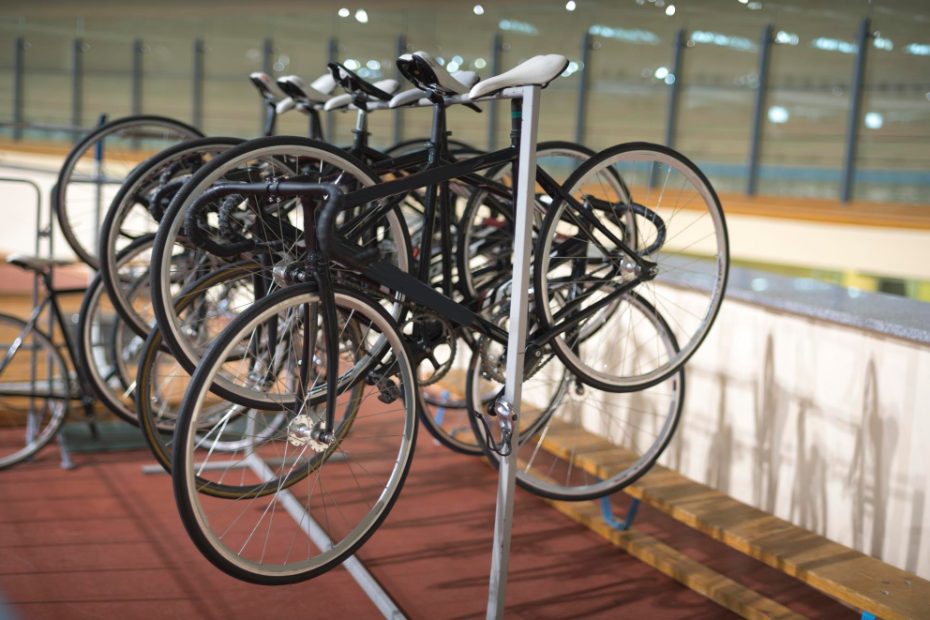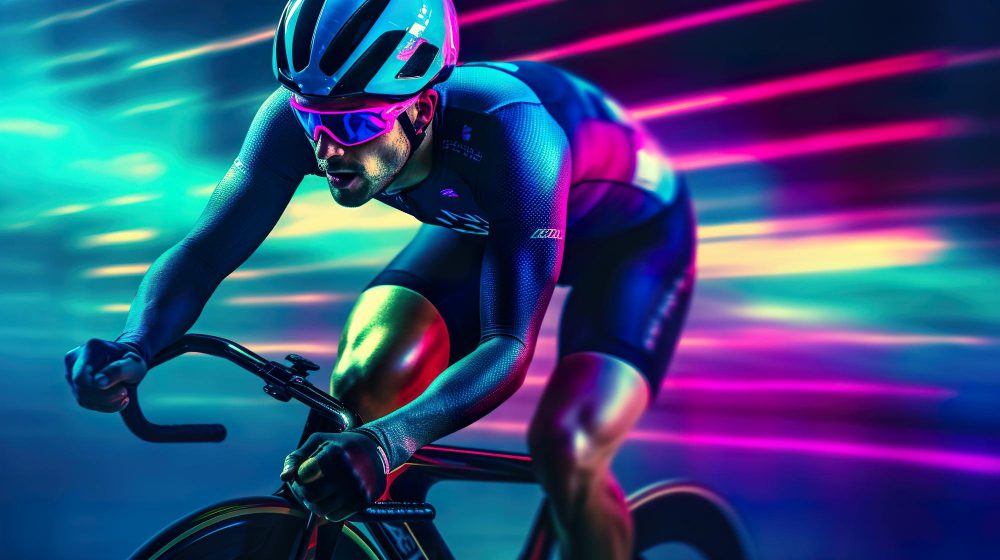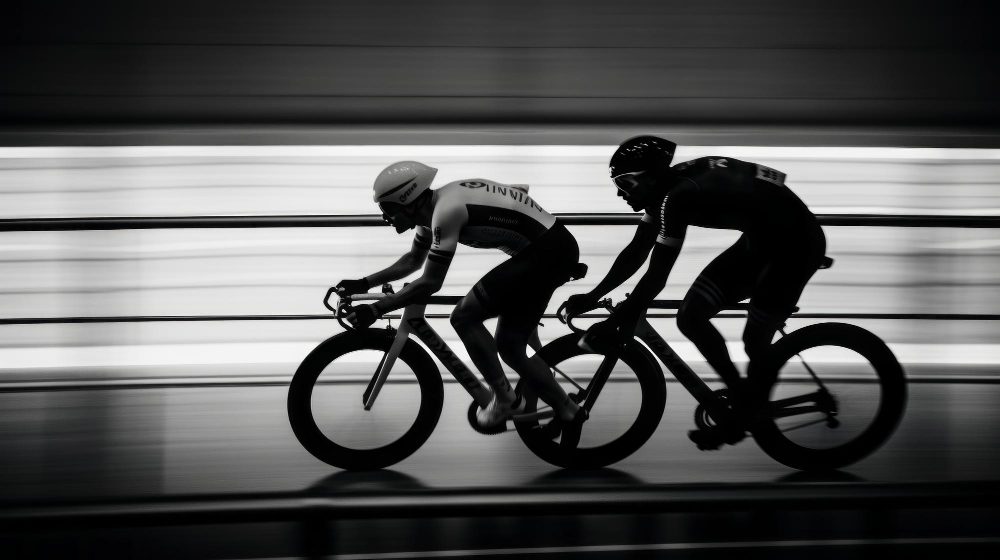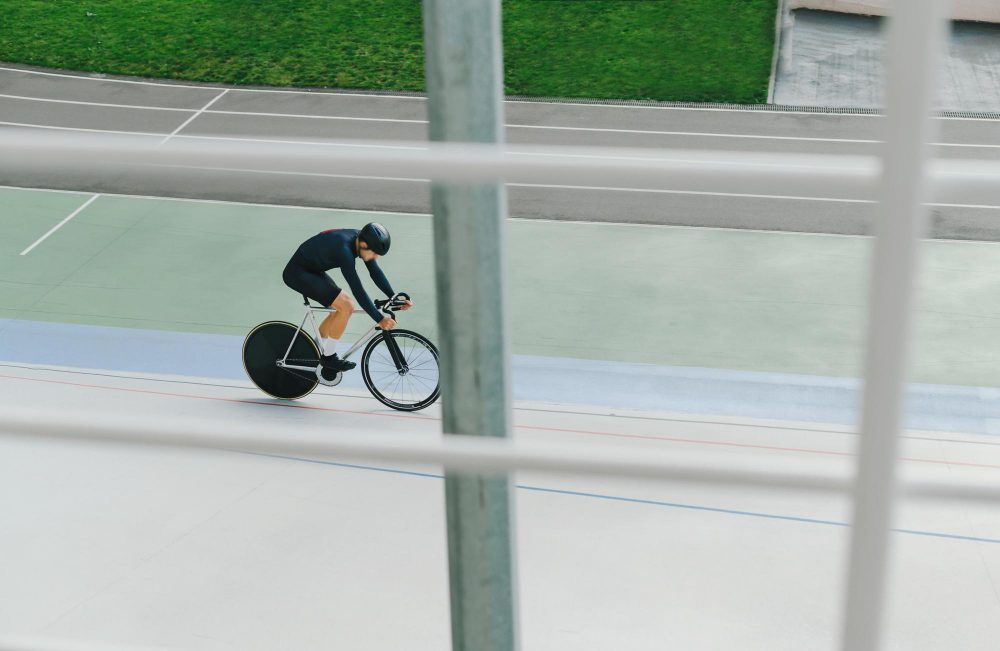Why is Mark Cavendish so fast?
Mark Cavendish, the British professional cyclist, is renowned for his incredible speed and exceptional sprinting ability. Throughout his career, Cavendish has consistently demonstrated his dominance in sprint finishes, winning multiple stages in prestigious races such as the Tour de France. So, what is it that makes Cavendish so fast on two wheels?
Cycling Talent and Training
First and foremost, Cavendish possesses natural talent and an innate ability to excel in cycling. His body composition, physiology, and genetics have likely contributed to his speed. However, natural talent alone cannot explain his sustained success.
Intense training and a rigorous dedication to his craft have played a significant role in Cavendish’s development as a cyclist. He has spent countless hours on the bike, relentlessly honing his skills, endurance, and power output. Cavendish’s training regimen includes specific workouts aimed at improving sprinting technique, explosive power, and overall speed.
Mental Strength and Racing Strategy
Cycling is not just about physical prowess; mental strength and strategic thinking are equally crucial. Cavendish’s ability to remain calm under pressure and make split-second decisions during races sets him apart from his competitors. He possesses a remarkable racing instinct, often finding the fastest and most efficient line through a crowded peloton.
Furthermore, Cavendish excels in developing effective teamwork and strategic partnerships within his cycling teams. Working in synergy with his teammates provides him with valuable support and positioning advantages during races. The ability to read the race dynamics, anticipate moves, and execute well-planned tactics is a testament to Cavendish’s racing intelligence.
Sprinting Technique
One of the key factors contributing to Cavendish’s speed is his exceptional sprinting technique. His ability to accelerate quickly and maintain high speeds over short distances is unmatched. Cavendish combines a powerful pedal stroke with excellent bike handling skills, allowing him to navigate through tight spaces in high-speed bunch sprints.
Determination and Competitive Spirit
But perhaps the most significant attribute that sets Cavendish apart is his unrelenting determination and competitive spirit. He possesses an insatiable hunger for success and a refusal to settle for anything less than victory. This fierce mindset has driven him to achieve remarkable results and overcome adversity throughout his career.
I don’t just sprint and hope to win; I sprint to win. If I don’t win, I’m not happy.” – Mark Cavendish
Cavendish’s relentless pursuit of greatness fuels his performances, providing him with the motivation to push his limits and continue improving as a cyclist.
Cavendish’s Accomplishments
The impressive list of achievements in Mark Cavendish’s career speaks for itself. With over 30 Tour de France stage wins, he sits second on the all-time list. He has also won multiple stages in other Grand Tours, such as the Giro d’Italia and the Vuelta a España. Furthermore, Cavendish proudly represented Great Britain, winning the road race at the 2011 UCI Road World Championships.
It is worth noting that Cavendish’s speed extends beyond traditional road cycling. He has also excelled in track cycling, winning multiple World Championship titles and an Olympic silver medal in the Madison event alongside Bradley Wiggins.
Inspiration and Legacy
Mark Cavendish’s extraordinary speed and achievements have inspired countless aspiring cyclists in the UK and around the world. His success story serves as a testament to the power of dedication, hard work, and self-belief.
As Cavendish continues to compete at the highest level, his legacy within the sport of cycling is already cemented. He has left an indelible mark on British cycling history and will forever be remembered as one of the greatest sprinters of his generation.
Who is the Fastest Cyclist in England?
Introduction
Cycling has grown increasingly popular throughout the United Kingdom, with a rising interest in professional cycling events and athletes. One common question among enthusiasts is, “Who is the fastest cyclist in England?” In this article, we will take a closer look at some of the top contenders for this title, their accomplishments, and their impact on the cycling scene.
The Contenders
Several notable cyclists have made a name for themselves in England’s competitive cycling landscape. One such contender is **Chris Froome**, a four-time winner of the prestigious Tour de France. With an impressive record of stage wins and overall victories, Froome has firmly established himself as one of the fastest cyclists in the world.
Another prominent English cyclist is **Mark Cavendish**, known for his exceptional sprinting abilities. Cavendish has secured numerous stage wins in major races like the Tour de France and the Giro d’Italia. His remarkable speed and agility make him a strong candidate for the title of fastest cyclist in England.
Achievements
In 2019, **Harry Tanfield** set a new British record for the fastest 10-mile time trial with an impressive time of 16 minutes and 57 seconds. Tanfield’s achievement showcases the immense talent and dedication that exists within the UK cycling community.
It is important to note that determining the fastest cyclist in England is subjective, as different races and terrains can favor various types of riders. Nevertheless, these cyclists have proven themselves time and again as some of the swiftest and most accomplished in the country.
Do cyclists shave their legs to go faster?
One of the most debated topics in the cycling community is whether or not cyclists shave their legs to gain a performance advantage. The practice of shaving legs is commonly associated with professional cyclists, but does it really make a difference in terms of speed and performance?
The Pros and Cons of Shaving Legs
There are several reasons why cyclists choose to shave their legs. Firstly, it is believed that shaving reduces wind resistance, allowing cyclists to cut through the air more efficiently. While the aerodynamic benefits may be minimal at lower speeds, they can become more noticeable during high-speed races or time trials.
Another advantage of shaved legs is easier maintenance and recovery. Shaving makes it easier to clean and treat road rash, a common injury in cycling. It also allows for better application of massage oils and creams, aiding in muscle recovery after strenuous rides.
However, there are also arguments against the practice. Some cyclists argue that the aerodynamic benefit is negligible and that shaving is purely a matter of personal preference or tradition. Others believe that shaving can decrease the effectiveness of protective clothing, such as arm and leg warmers, by reducing their grip on the skin.
The Verdict
“While the aerodynamic benefits of shaving may be marginal, the psychological effect of feeling faster and more professional may give riders an extra boost in confidence.”
Ultimately, whether or not to shave your legs as a cyclist is a personal choice. While there may be some small advantages in terms of aerodynamics and easier maintenance, the decision should be based on individual preference and comfort. Whether you choose to embrace the smooth legs of the pros or prefer to keep your hair intact, what matters most is enjoying the ride and staying safe on the road.
References:
- Smith, J. (2019). The Science of Shaving Your Legs. Retrieved from www.bicycling.com
- Brown, E. (2020). Do Cyclists Shave Their Legs? Retrieved from www.livestrong.com
Why do bike seats have a hole in them?
The presence of a hole in the middle of a bike seat might make you wonder why it exists. This design feature, commonly known as a “cutout” or a “saddle groove,” serves an essential purpose for both comfort and health reasons.
Comfort
The primary reason for the hole in bike seats is to relieve pressure on sensitive areas, specifically the perineum (the area between the genitals and anus). When you sit on a traditional bike seat, your weight is mainly concentrated on this small area, which can cause discomfort, numbness, pain, and even long-term health issues.
Health
Bike seats with a hole help to prevent or alleviate conditions such as erectile dysfunction, prostate problems, and genital numbness. With the cutout, pressure is shifted away from the perineum, reducing the risk of compression and potential nerve damage. It allows proper blood flow and reduces the chance of developing saddle sores or infections.
Choosing the Right Bike Seat
When selecting a bike seat, it’s crucial to consider your anatomy and riding style. Different people have different needs, so finding the right seat depends on factors like gender, pelvic bone structure, and the type of cycling you do.
Tips for choosing the right bike seat:
- Measure your sit bones: Sit on a piece of corrugated cardboard or a gel pad to determine the distance between your ischial tuberosities (sit bones). This measurement will help you find a seat that matches your anatomy.
- Consider the saddle width: A wider saddle may provide more support, while a narrower one allows for better pedaling efficiency and freedom of movement. Choose based on your riding style and comfort preference.
- Test different models: Try out various saddles to find the one that feels comfortable during your rides. Your local bike shop may offer saddle fitting services or allow test rides.
Remember, finding the right bike seat can significantly enhance your comfort and enjoyment while cycling.
Conclusion
“The title of the fastest cyclist in England is fiercely contested, with many talented riders vying for the honor. Whether it’s the endurance and climbing capabilities of Chris Froome, the explosive speed of Mark Cavendish, or the records broken by Harry Tanfield, each cyclist brings something unique to the table. Ultimately, the fastest cyclist in England may be a matter of personal preference, as different individuals excel in different disciplines. What remains undisputed, however, is the incredible talent and passion displayed by these athletes as they push the boundaries of speed and endurance on their bikes.”
No matter who holds the coveted title, one thing is certain – England boasts some incredibly fast cyclists who continue to inspire and captivate audiences with their exceptional skills and achievements.



